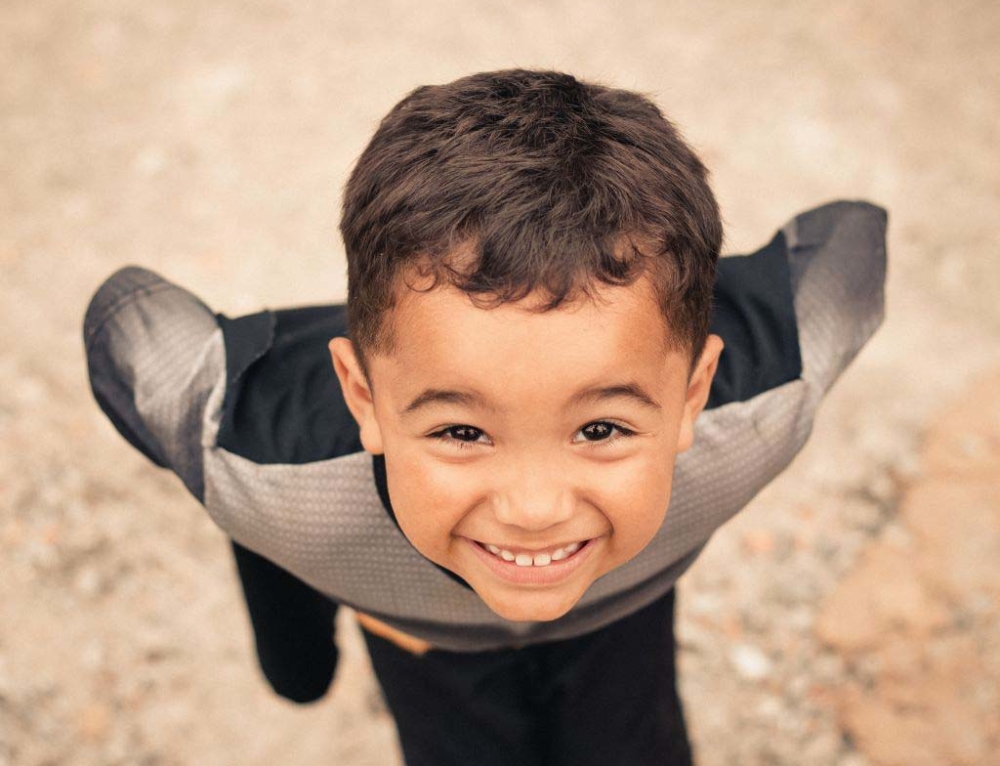Having a child who suffers from night terrors can be extremely frightening – but only for the unlucky parents because, despite appearances, your child won’t remember the episode when he wakes up the next morning. Night terrors, (also known as confusional arousal) occur in five to 15 per cent of children between the ages of four and six, after which age they tend to out-grow them.
Try not to be concerned if your child has night terrors – they tend to run in families and they don’t mean there are any neurological problems. Night terrors are just part of the normal range of development of deep sleep patterns in young children.
What are night terrors?
- Night terrors are the partial awakening from a state of deep non-REM (non-dream) sleep that occurs in the first few hours of sleep.
- While her mind remains asleep, your child’s body awakens – her eyes may be open and her face fully expressive – and she will give the impression that she is totally awake.
- She will cry and be generally distressed, but won’t respond to your efforts to comfort her.
- Monitor her movement so that she doesn’t harm herself – her eyes won’t be registering what she ‘sees’.
- Night terrors can last up to 40 minutes, after which time she’ll relax and fall quickly back into a deep sleep.
Don’t try to wake your child during a night terror to comfort her because you’ll make her very disoriented and confused. Left alone, she will have no recollection of the episode in the morning and won’t even think that she had a bad dream.
Night terrors vs. Nightmares
Night terrors are quite different from nightmares. Night terrors happen during the first few hours of sleep when your child is sleeping very deeply, while nightmares tend to happen in the second half of the night during phases of REM sleep.
A child who has had a nightmare will usually remember, if not the specifics of the dream, that she was frightened by her dream. If her nightmare wakes her in the night then she may need you to comfort her so that she can fall back asleep.
How can I help my child with night terrors?
- Overtired children are more prone to night terrors so make sure that your child is getting enough sleep.
- Try gently waking her shortly before a night terror would normally begin. This will change her sleeping pattern and possibly avoid a night terror.
- Try taking her outside. The change in temperature may cause her to move into a lighter sleep.
- Avoid waking her during a night terror. She will only be confused and disorientated, and may take longer to settle.
- Once her thrashing begins to subside, settle her back into bed and she should quickly return to a deep sleep.
- If you think she might hurt herself, don’t try to restrain her but stay close by to guide her away from any possible hazards.
- Don’t discuss your child’s night terrors with her the next day. As she will have no recollection of the episode, you could embarrass her or make her anxious about going to bed.
This article was written by Ella Walsh for Kidspot New Zealand.







We’ve just started having these 6 months ago for the first time and he is age 9. They last about 30 minutes and we put a high chain on the door after finding him standing on the doorstep looking outside one night. The first time gave us such a fright but we now know how long after bedtime they were occurring and go in to lightly wake him for prevention.
Both my children had them. But from the age of two. Its not nice watching your child in the midst of a night terror. Especially when they are following something. Like there is a presence in the room. So for me that was also scary.